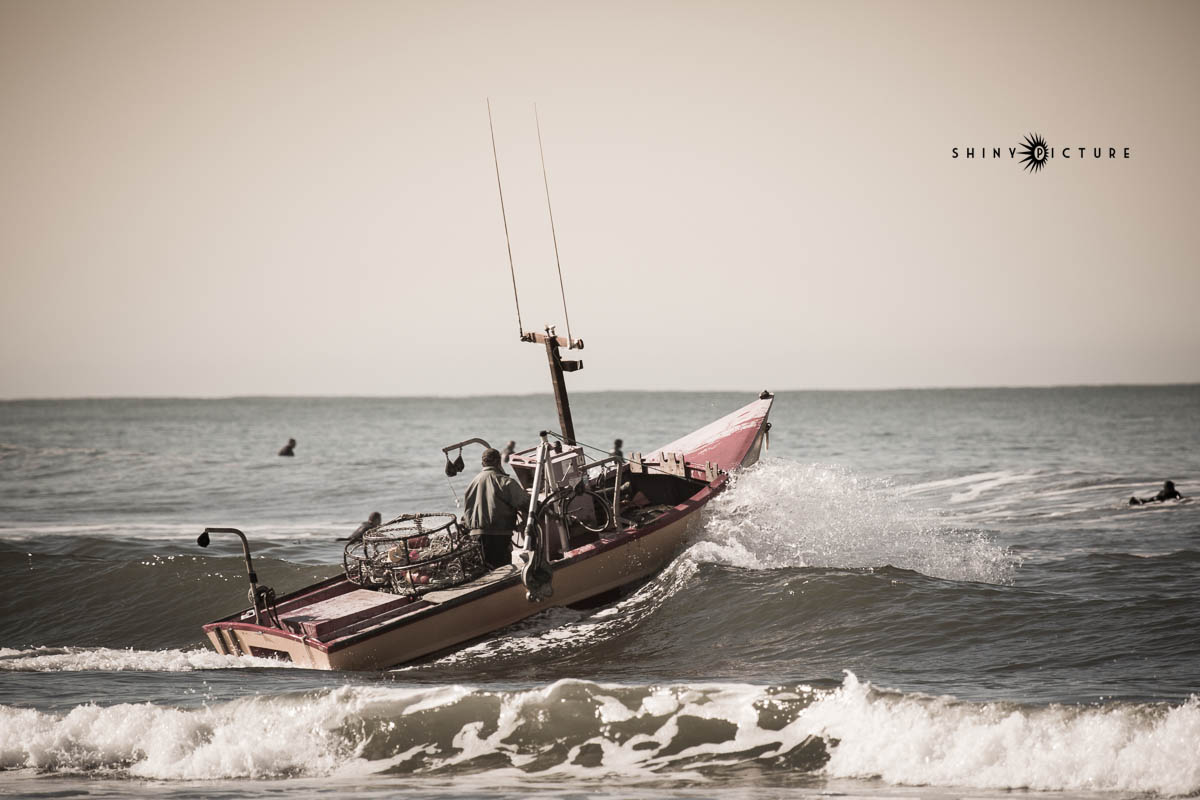The Tenth
Last fall I taught for a short month in Orvieto,
a small town perched on a circle of tufa cliffs,
which got me thinking of the Tenth Mountain Division
and how they fought through the Apennines,
sometimes scaling crags at night to surprise
the Germans in their sleep. So, when I got home
I ordered a book about these men I had heard
so much about. For years they trained
on Mt. Rainier and in the Colorado Rockies,
laboriously learning how to ski with rifles.
They only made it to the front in the last winter
of the war—without their skis and sleeping bags,
as it turned out—and after months of brutal combat
broke across the wide valley of the Po and cornered
the enemy on the steep and wooded shores of Como.
There, mere days before the surrender, an eager group
of twenty-five crowded into a rubber boat to cross
the lake—and drowned mid-way, not a life jacket
in sight. Not one of them signed up for this.
Not even a stem christie could save them.
___________
Paul Willis
Review by Sherry Mossafer Rind
I was intrigued enough about the history of the 10th Mountain Division to look it up in military history sites. What I found differs from the action in the poem. Twenty-five men did not crowd into a rubber boat on Lake Como. In April, 1945 they tried to cross Lake Garda in an amphibious truck (a DUKW). The vehicle sank near the middle of the lake, leaving only one survivor. I also had to look up “stem christie” and discovered it’s type of turn in skiing, which evidently refers to the fact that the Division’s training couldn’t save it here. Unfortunately, the last line still reads like an editorial author comment, an anti-climax not arising from the action of the poem because the soldiers’ training in skiing has not been meaningfully connected to the rest. Setting aside the factual errors, the poem would be improved if that last line were cut. Leave it to the reader to reflect on the deaths of those young soldiers.
Paul Willis responds:
As for the sinking and drowning incident, I believe that the poem accurately reflects what I read in Maurice Isserman, The Winter Army: The World War II Odyssey of the 10th Mountain Division, America’s Elite Alpine Warriors (Mariner, 2020). I no longer have the book in my possession, however, so it is of course possible that I misremembered what I read. But it is just as possible that sources conflict on this matter—or that there were two separate sinking and drowning incidents on two separate lakes. In any case, I appreciate that Sherry Mossafer Rind took the time to do a little fact-checking. When poetry takes on history, it is important to get things right.

